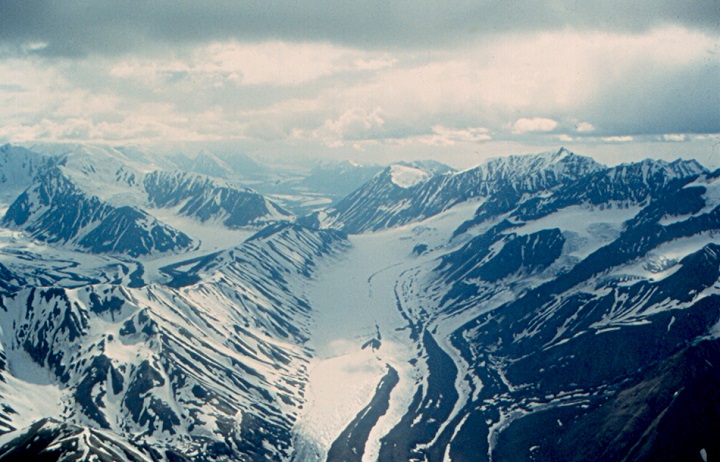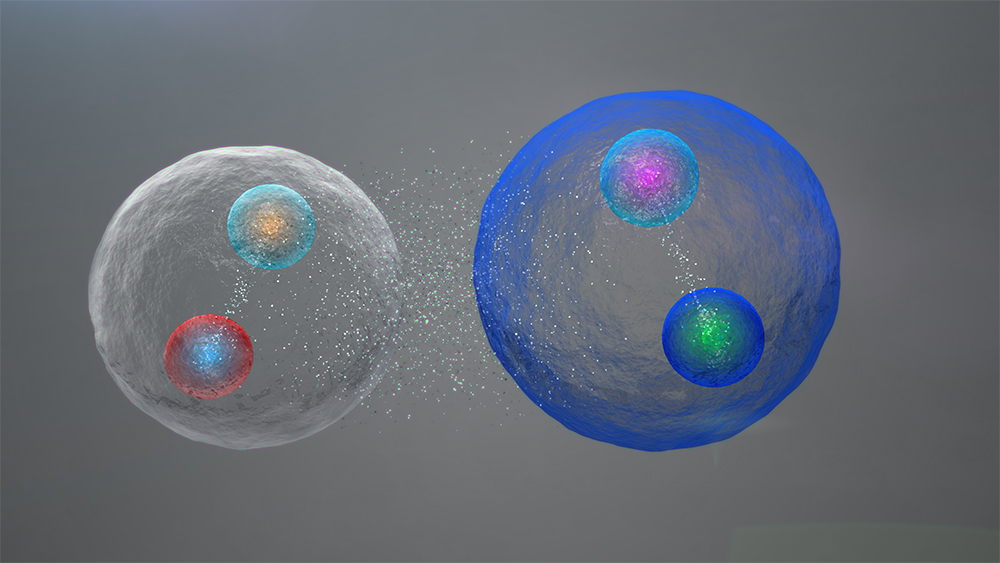These rivers of ice known as glaciers move slowly but steadily and carry a deep secrets within them. The climate of the past, where they were formed or how old they are. How so? Let us see.
First let us try and understand the process of how glaciers are formed. The story begins in the places that have lots of snow ( mountains) and the temperature stays below zero even in summers. In these places, the snow cannot melt. It just keeps collecting and the compacts the snow into dense ice. This condensed sheet of ice eventually breaks off the mountains, and starts sliding down the slope. Gravity at work, and viola! this moving sheet of ice is a glacier now.
These valleys where glaciers originate are called glacial valleys and are usually U shaped as it gets flattened by the moving ice. Once the glacier breaks off, the glacial valleys are empty and have depressions and deposits. Water fills them up to create lakes and fjords. A fjord is a deep, narrow and small in width sea, covered by steep land on three sides. Inner part of a fjord is called the sea bottom.
Meanwhile, the sediment, stones and rocks from the mountains moves along with the glacier. When the glacier moves further away from the snow covered area and the ice begins to melt, all the rocks and stones are left in a rounded heap. This heap is given a special name “moraine”. Whatever is left of the glacier continues on its way, carrying big chunks of ice. These will be the scary ice-bergs ( ask Titanic how scary ice-bergs are) when they reach the sea and finally begin to melt.
There are two types of glaciers. Ones that form on mountainsides and move downward through valleys are called Alpine glaciers, and the ones that spread out at the base of mountains and cover large areas are called Continental ice sheets.
So how do glaciers help us? What secrets do they unlock? Since the ice is hundreds of years old, the study of glaciers ( glaciology) gives us an insight into climate changes such as global warming. The study of the sediment that they carry reveals the type of mountains they originated in.
If you add all of the glaciers they will cover 10% of Earth’s surface. Guess how much area did they cover in the last ice age? 32%. They are mostly found in Antartic, Greenland but Iceland – an island has three biggest glaciers.
Vatnajokull, Iceland has the world’s lasgest has a area of 8,800 square kilometers and is 150 km long.
Malaspine, Alaska has the second largest glacier covering an area of 3800 square kms.
Novaja Zemlja, Russia is the third largest glacier covering an area of 3000 square kms.
Amost 3/4 of the Earth’s freshwater supply is in these glaciers. Obviously, if we save the glaciers we save water and Earth. The only continent that does not have any glaciers is Australia.





Leave a Reply